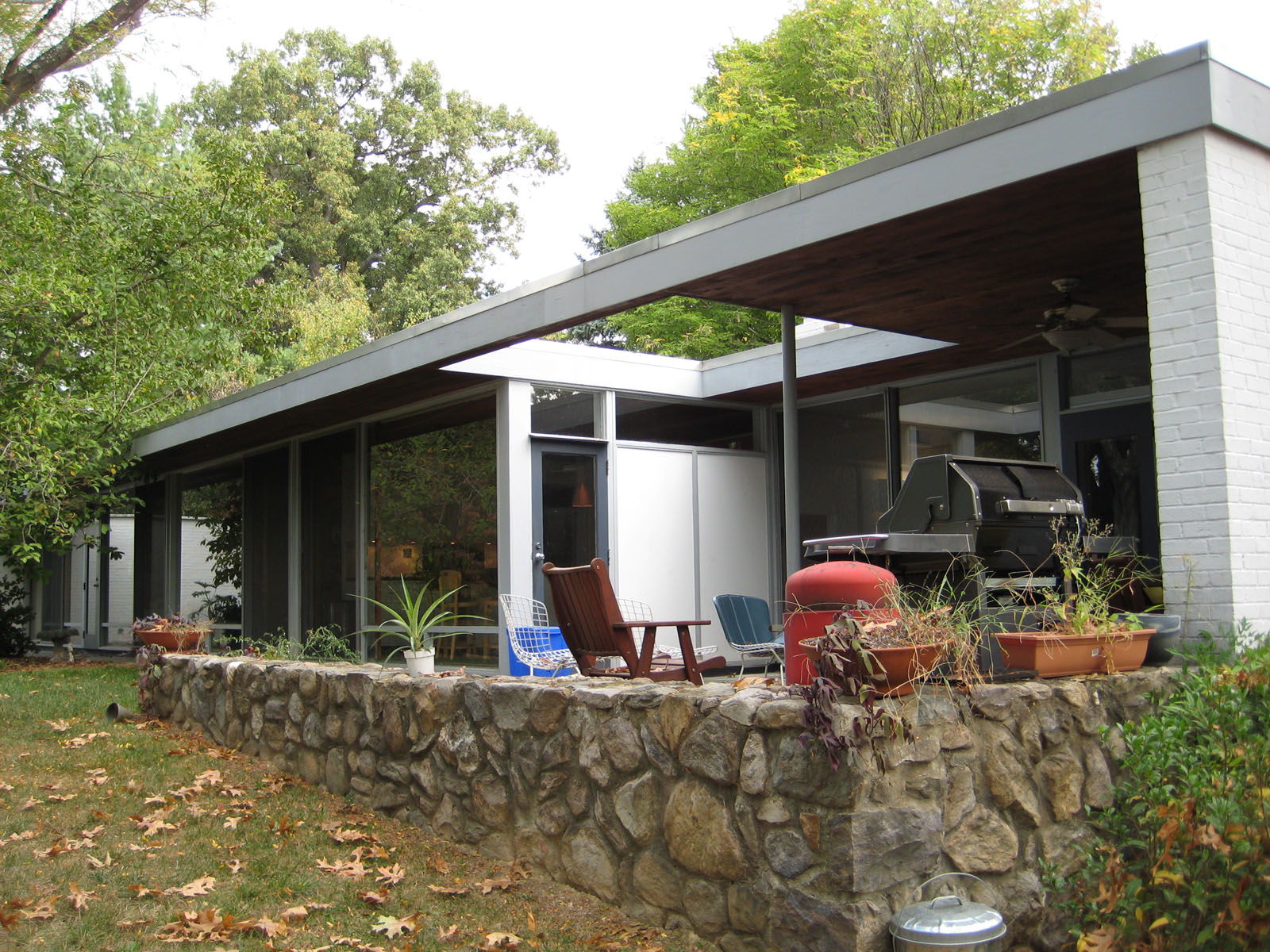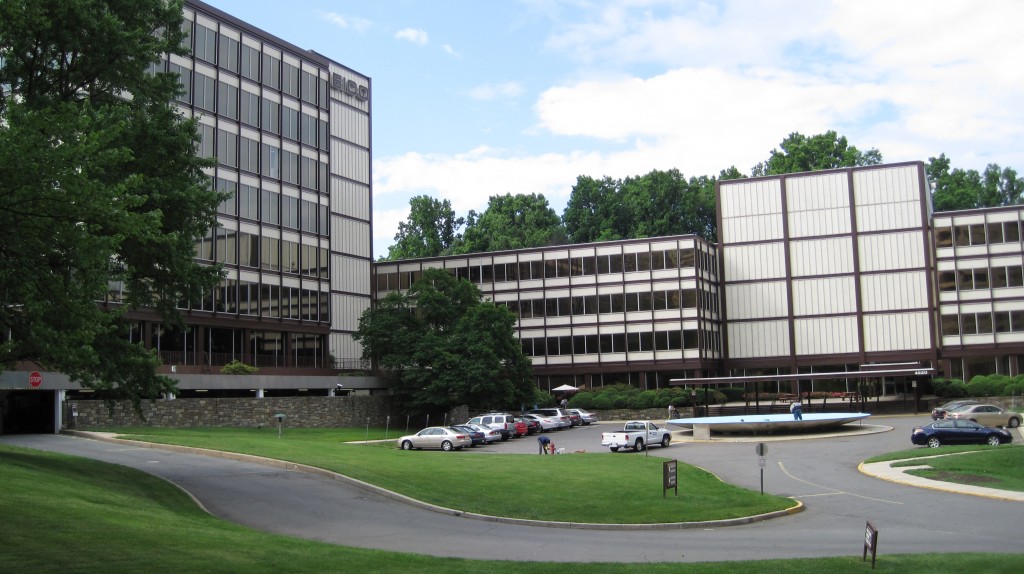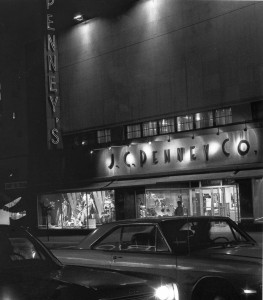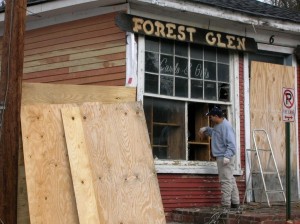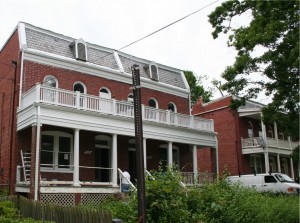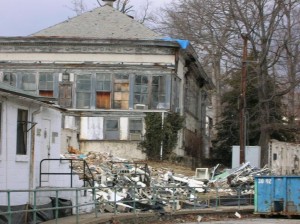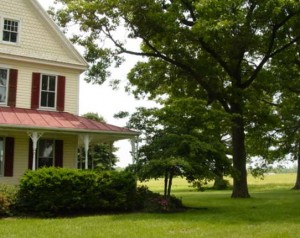
Reusing an old movie theater is one of historic preservation’s toughest challenges. Often they are large downtown spaces that have been made obsolete by suburban multiplexes that can out-compete with free parking and lots of screens.
But every once in a while, they manage to survive, sometimes through re-use. The MacArthur Theater in the District’s Palisades neighborhood has lost a good deal of its romance, but at least the streetfront landmark survives, if only as a CVS drugstore.
I spent many hours in Brookline Massachusetts’ Coolidge Corner Theater, sureptitously unwrapping bagels and cream cheese while gorging myself on Frank Capra, Bette Davis, and Cary Grant. Even in this era of Netflix couch potatoes, that theater survives with membership and vigorous … Continue reading
